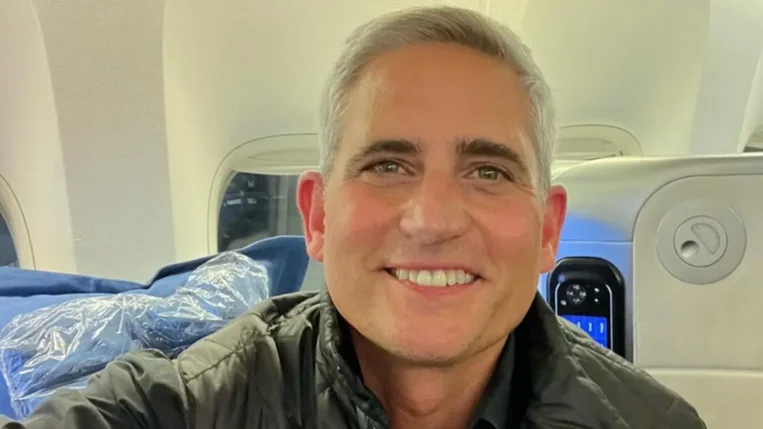An aircraft's lifespan is heavily dependent on regular maintenance and repair investments by airlines. Strict maintenance programs allow some aircraft to outlive average lifespans significantly. Adhering to manufacturers' guidelines ensures optimal performance and extends operational periods. For instance, the Boeing 747 may last up to 25 years, while the Boeing 737 might serve around 20 years.
Operational usage also affects an aircraft's durability. Short-haul flights increase takeoff and landing frequency, leading to more wear compared to long-haul operations. Additionally, environmental conditions such as extreme temperatures or humidity can impact lifespan through increased erosion or exterior damage.
Technological advancements play a crucial role in extending lifespans with innovations like corrosion-resistant materials that reduce wear risks. Commercial aircraft generally last between 20-30 years but may endure longer with dedicated maintenance efforts.
Historically, developments in aviation technology have continuously improved aircraft lifespans since the late 1950s and '60s when reliable maintenance and engine technologies emerged. Today’s aircraft benefit from advanced avionics that push their average lifespan further.
Despite technological advances, every plane has an ultimate end of service life where it undergoes retirement processes. The COVID-19 pandemic accelerated retirements as airlines offloaded older models for liquidity reasons. Retired planes often move to dry environments for preservation or parts harvesting.
While most commercial jets operate for two to three decades, these durations depend on treatment levels throughout their service life. Rigorous maintenance programs allow some aging models to continue safely beyond expected timelines.
The oldest operating aircraft among American Airlines (N649AW - Airbus A320-200), Delta Air Lines (N649DL - Boeing 757-200), and United Airlines (N641UA - Boeing 767-300ER) illustrate varying degrees of longevity despite ongoing fleet renewal plans among these major U.S carriers known as the 'Big Three.'
 Alerts Sign-up
Alerts Sign-up









